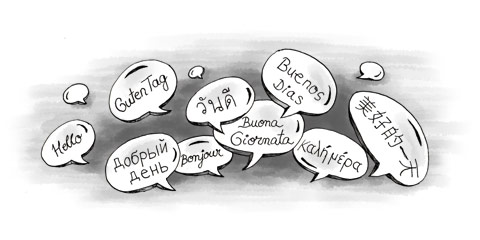Chinese in Taiwan
Officially the largest and most commonly understood language of Taiwan is Mandarin Chinese. Following the formation of the Republic of China (as Taiwan is officially recognised) in 1945 this form of ‘standard Chinese’ became the first language of the island. It is taught as the primary language in schools and spoken fluently by virtually the entire population under sixty years old.
There is also a widespread dialect form of Chinese known as Hokkien (also known simply as Taiwanese) that originates from the widespread historical immigration of populations from Southern China. It is one of the official languages recognised for use in public, and can be found in the transport system and road signs.
Written Chinese in Taiwan is based on the traditional system of characters, in contrast to the simplified Chinese seen on the mainland. It’s vocabulary is still modern Mandarin Chinese (as opposed to classical), although there are some local differences unique to Taiwan. Here is a couple of visual examples of the difference between traditional and simplified characters:
- 聽 - 听 (Listen)
- 豐 - 丰 (HSBC)
- 議 - 议 (Protocol)
In 2009 Taiwan adopted the Hanyu Pinyin system of romanisation, as used by the PRC, after the historic use of a variety of different methods of rendering Chinese in the Western alphabet. As a consequence, there can be a degree of variation between the spelling of romanised Chinese, and the politics of national identity regarding its use are divisive.
Minority languages and English
In addition there are a number of minority status languages including the Hakka dialect of Chinese, and the Formosan languages native to the island’s indigenous population. In modern Taiwan it is not unusual for ethnic Formosans and Hakka to speak Mandarin and Hokkien more fluently than their own dialect.
Owing in no small part to the influence of key economic connections with America and the West generally, Taiwan’s school system also produces an growing number of proficient English speakers. The subject is introduced as a compulsory subject at elementary school level, and forms part of the curriculum tested in educational exams.

